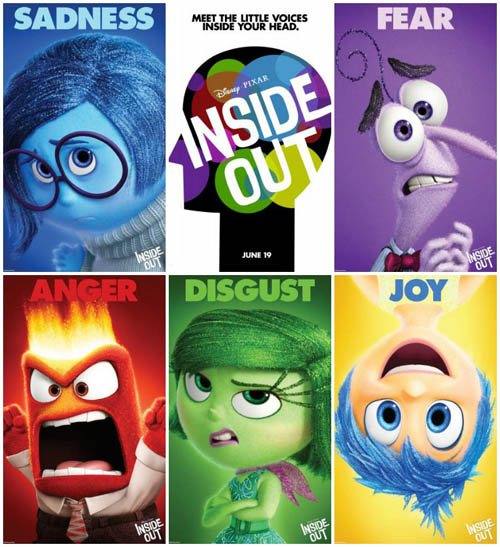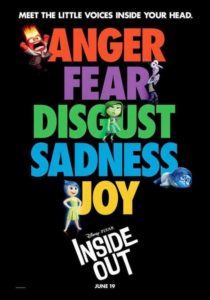On Saturday, June 27th, we had a Planet Mercenary RPG play test at LibertyCon. Alan Bahr ran the game, and Steve Jackson joined us. Our small band of mercenary officers was cast as follows:
- The purp doctor: Howard Tayler
- The tetrisoid attorney: Alijah Ballard
- The ursumari engineer: Keliana Tayler
- The mobile-chassis A.I.: David Pascoe
- The Ob’enn captain: Steve Jackson
The adventure began at MercCon, held in a dilapidated station in orbit around Damaxuri. We roamed the expo hall looking for swag, and while the captain adorned himself with things that blinked and glowed, our one-meter-tall attorney decided to prank random strangers by injecting them with stim samples he lifted from one of the booths. When an angry neophant caught him at it and grabbed him, the doctor whipped out a syringe and said “if you want the antidote, you’ll put my friend down.” It worked, and now that we could see that our attorney player was going to play as a rogue, we adjusted our deployment to keep a better eye on him.
The A.I. went sniffing through the data-streams, and determined that there was money to be made on the surface of Damaxuri, but only if we moved fast, and got there before the news broke to the rest of the mercenaries at the convention. After evaluating several slow, or bad, or slow-and-bad options for getting to the surface, the captain decided we should find a civilian ship with immediate clearance, hijack it, and then remove its transponder to provide OUR ship with clearance.
The following thirty minutes of game play were pretty hilarious, and included safe-cracking, recruiting, remote piloting for maximum “soft” collisions, a false alarm about an outbreak of smuttorhea, and us racing to the surface well ahead of anybody else who may have wanted the job that just posted. The attorney did the safe-cracking with the ursumari’s boomex, and only the fact that the safe contained both currency and blackmail material pacified the ursumari.
I’ll spare you any further spoilers, since the adventure (with some tweaks, of course) will be part of the final product.
The final tableau: while our ursumari roared in frustration, literally bristling with shuriken from her violently defective weapon, the doctor stabilized our target and began counting out pain killers and happy-pills for the angry wall of “friendly” fur. Meanwhile the lawyer and the captain managed the “recruiting” of our target’s hench-folk, and the A.I. rolled through the warehouse evaluating whether or not we could collect the bounty *AND* salvage the inventory of a profitable criminal enterprise.
Steve, Keliana, and I had to bounce out to another event, but everybody (including us!) kept talking about what our characters would do next. The game was over, the players had to leave, but we were all still telling the story.
That’s a pretty successful game.
The “speak first, go first” initiative system worked perfectly, in part because our captain spoke first and began issuing orders. Steve Jackson played that really well, which is no surprise, and the other players rolled with it equally well. Whether or not the captain was right about this plan to blow a hole in the bulkhead, we were going to pour our bullets through it and get the job done.
The mayhem cards also worked well. The doctor’s fire team gained a bonus to all combat actions by virtue of being terrified of him, and our company’s charter lost a couple of points of reputation because despite getting the job done there was an embarrassing video of our ursumari covered in bits of her own weapon. Both of these elements would have played straight into further adventure sessions, informing our role play and the math of combat.
Most auspiciously, the game played *fast.* The fun we had voicing our characters carried straight into the combat scenes at a pace which felt natural, and which, even though we were all still learning the system, did not bog down.
To paraphrase Steve’s remarks to Alan: “This was fun. I suspect you could run *any* game well, but you’ve got a good thing here.” I don’t remember the exact quote, but that was the spirit of it, and Alan was grinning for the rest of the day.
I had microphone responsibilities at the luncheon which followed, so I wasn’t paying enough attention while Keliana sketched. I caught just enough to realize she was drawing our Planet Mercenary party, but before I could ask to see the finished piece, she’d given it to our play-test guest of honor.

 I know that this is *my* problem, not the movie’s problem, and in spite of the fact that I’m sure there are others who will white-knuckle during Inside Out, I stand by my earlier statement: this movie is incredibly important. Whether or not they see it in the theater, kids should see it, and then spend some time talking about it. Oh, and it will almost certainly be fun for them, too.
I know that this is *my* problem, not the movie’s problem, and in spite of the fact that I’m sure there are others who will white-knuckle during Inside Out, I stand by my earlier statement: this movie is incredibly important. Whether or not they see it in the theater, kids should see it, and then spend some time talking about it. Oh, and it will almost certainly be fun for them, too.